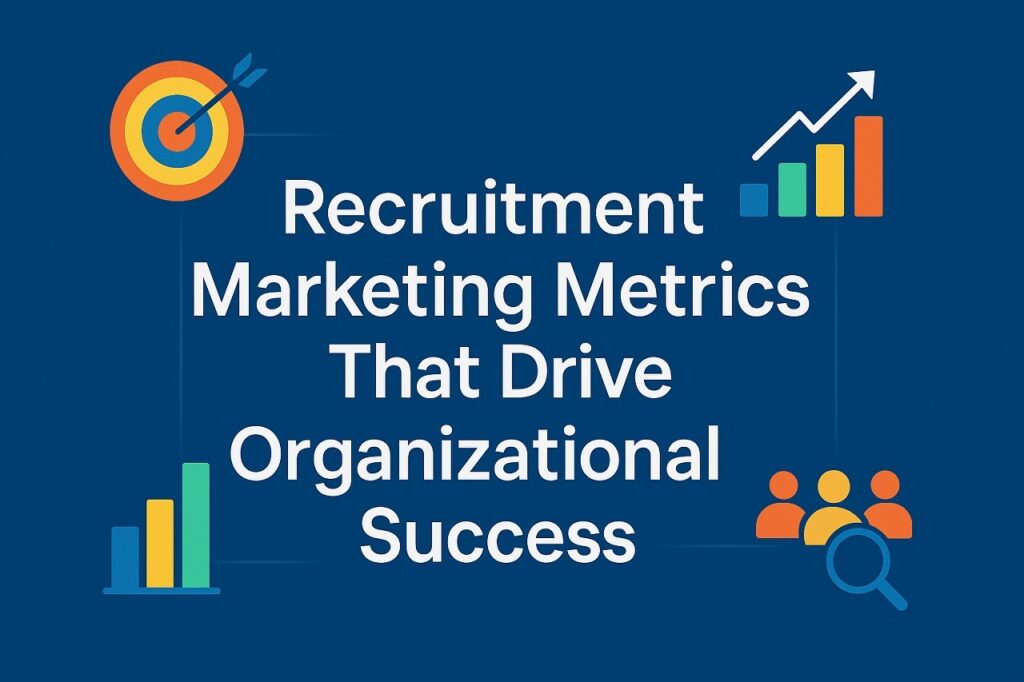In today’s fast-paced hiring environment, recruiting the best talent efficiently is crucial for companies to stay competitive. Traditional recruitment methods are evolving, and a powerful tool is changing the landscape: automated job ads. Programmatic recruitment a data-driven approach that automates job ad distribution is transforming how organizations attract and engage candidates. This article dives into how automated job ads revolutionize hiring, helping businesses cut costs, streamline processes, and reach top talent faster.
Understanding Automated Job Ads in Programmatic Recruitment
Programmatic recruitment leverages technology and data to optimize job advertising, automating the ad placement across various platforms like job boards, social media, and search engines. Unlike manual job ad postings, automated job ads use machine learning and algorithms to identify the best channels, times, and formats to display job ads to target candidates.
This approach brings numerous advantages to recruitment, particularly for companies that seek efficient, scalable hiring solutions.
Key Benefits of Automated Job Ads
1. Increased Efficiency and Speed
One of the most significant advantages of automated job ads is efficiency. Traditional job postings require recruiters to manually select platforms and manage postings, which can be time-consuming. Programmatic recruitment removes this burden by automating the entire process. Ads are created, placed, and managed without constant human intervention, reducing the time from job posting to hiring. This speed advantage is especially critical for companies filling high-volume or time-sensitive roles.
2. Precise Targeting for Quality Candidates
Programmatic recruitment isn’t just about reaching more candidates—it’s about reaching the right candidates. Automated job ads use data on job seeker behaviour and demographics to target individuals most likely to be a good fit for a role. This precision targeting means job ads reach candidates who are a better match for the position, which increases the likelihood of receiving quality applications and reduces the risk of mismatched hires.
3. Cost-Effective Job Advertising
Automated job ads maximize ad budgets by focusing on platforms and audiences that yield the best results. This data-driven approach helps companies cut down on spending by avoiding underperforming sources and reallocating budgets to those delivering high-quality applications. Programmatic platforms often use pay-per-click (PPC) or cost-per-application (CPA) models, ensuring that companies only pay for successful engagements.
4. Real-Time Data and Insights
With automated job ads, recruiters gain access to valuable real-time data on ad performance. Key metrics—such as click-through rates, cost per application, and candidate engagement—allow recruiters to monitor campaigns closely and make adjustments as needed. This data-driven insight empowers recruitment teams to continuously refine their strategies, making the hiring process smarter and more effective over time.
5. Scalability for Growing Companies
As companies scale and inclusive recruitment demands increase, automated job ads allow for efficient expansion without significantly increasing the workload on hiring teams. Programmatic recruitment technology can handle large numbers of job ads across multiple platforms, ensuring that companies can meet hiring demands during growth phases or seasonal spikes.
How Automated Job Ads Impact the Candidate Experience
Automated job ads do more than benefit recruiters—they also enhance the candidate experience. By reaching candidates with relevant opportunities through targeted ads, programmatic recruitment creates a smoother, more personalized job search experience. Candidates are more likely to engage with ads that feel relevant, which in turn increases their interest and likelihood of applying.
This approach helps build a strong employer brand, as candidates perceive the hiring company as one that values efficient, modern hiring practices. Additionally, by reducing irrelevant job ad exposure, candidates avoid frustration with job boards cluttered with unsuitable roles.
Implementing Programmatic Recruitment: Getting Started
If you’re considering implementing automated job ads in your recruitment strategy, here are some key steps to get started:
- Choose the Right Programmatic Recruitment Platform: Numerous platforms specialize in automated job ads. Look for one that aligns with your budget, offers robust targeting features, and provides in-depth data analytics.
- Set Clear Recruitment Goals: Define the metrics that matter most to your hiring strategy, such as application volume, cost per hire, or quality of candidates. These goals will guide your programmatic campaigns.
- Optimize Your Ad Content: Programmatic recruitment relies on well-crafted job ads. Invest in clear, engaging, and informative job descriptions that appeal to your target audience.
- Monitor and Adjust: Leverage the real-time data provided by your programmatic platform to monitor campaign performance and make adjustments. Optimize your budget by focusing on high-performing channels and avoiding those with low engagement.
Final Thoughts:
Automated job ads are more than a trend—they’re shaping the future of recruitment. As businesses continue to adopt programmatic recruitment, hiring becomes a faster, more targeted, and cost-effective process. It enables companies to stay competitive by attracting quality talent and optimizing ad spend, ensuring every dollar spent contributes to finding the right candidates.
Investing in automation can be a game-changer for companies looking to enhance their recruitment strategy. By embracing this data-driven approach, businesses not only reduce costs but also improve the quality and speed of hires, ultimately leading to a stronger workforce and a more agile recruitment process.




